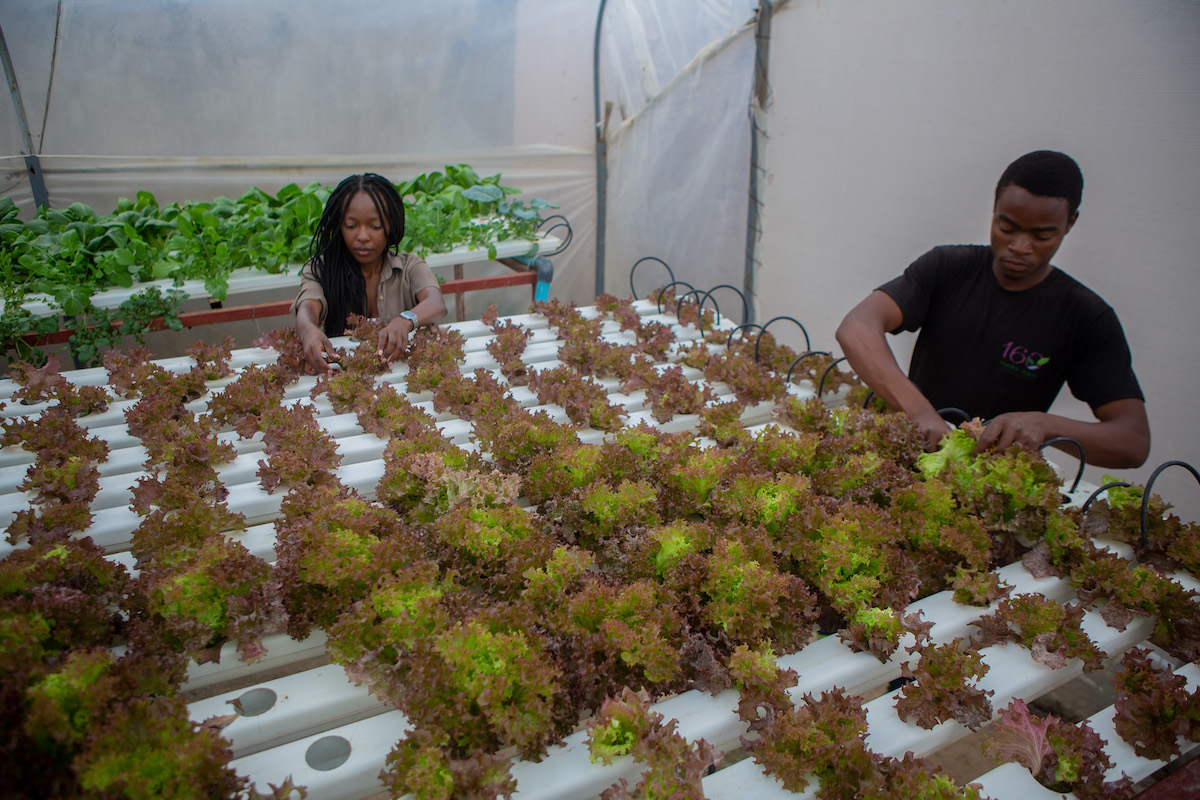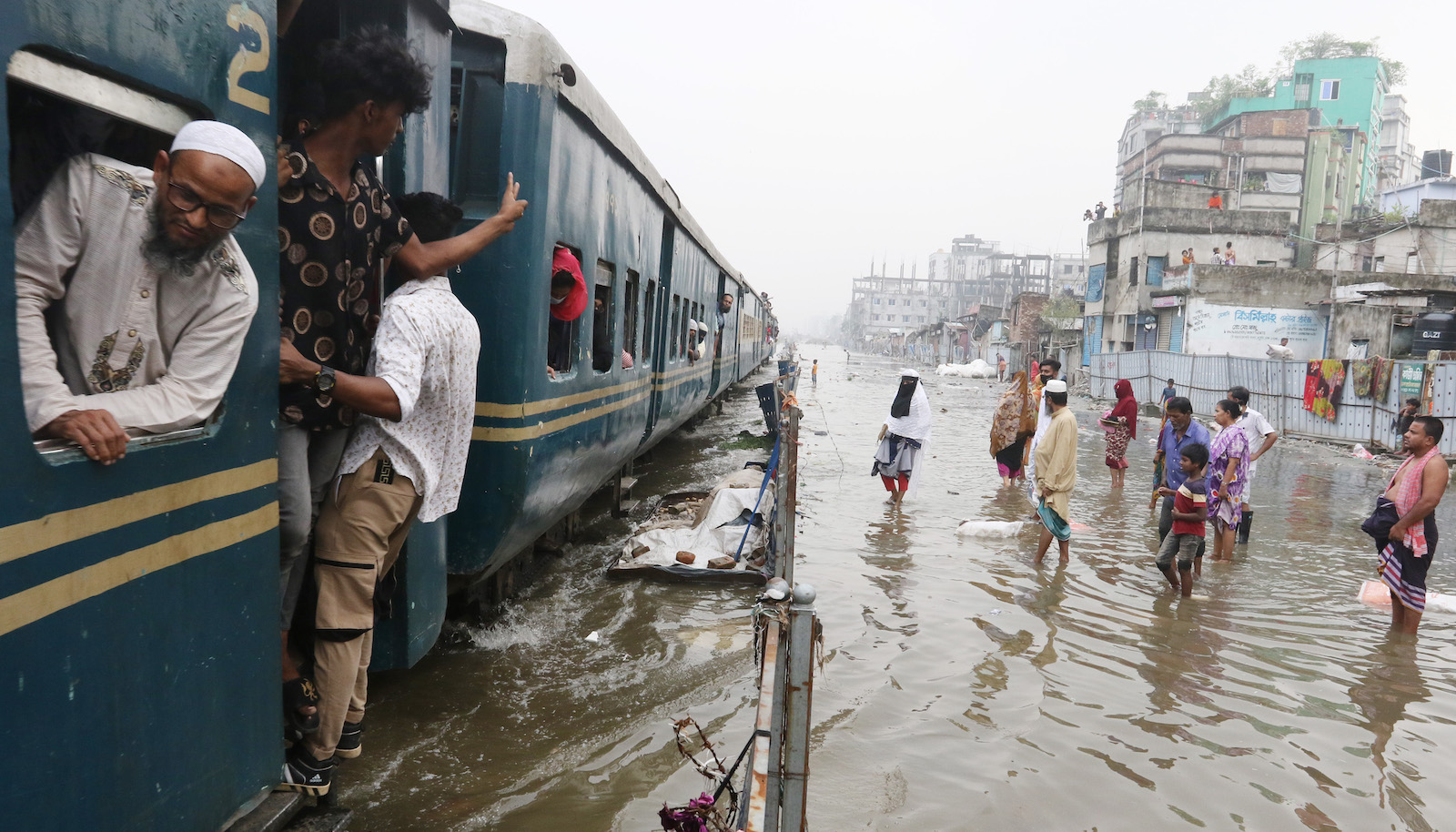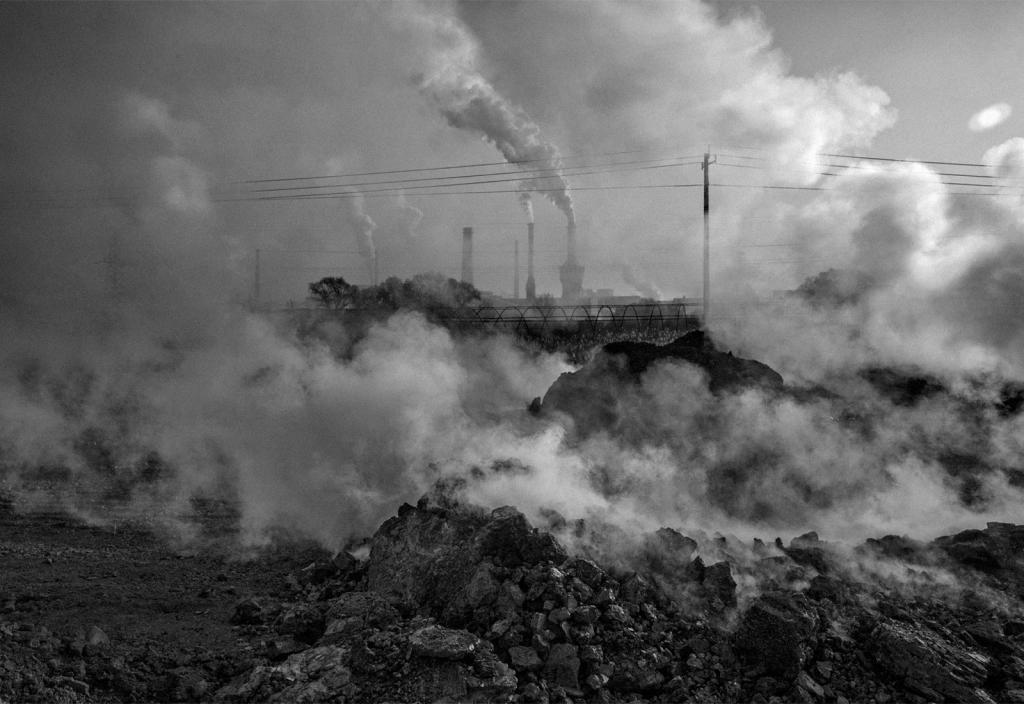The COP26 climate negotiations taking place in Glasgow this month are charged with the inequity of the climate crisis. Wealthy nations like the U.S., Germany, and the U.K. have sent carbon emissions into the atmosphere unchecked for more than a century, and now some of the poorest parts of the world, which did nothing to contribute to climate change, are being eaten up by rising seas, devastated by drought, or irreparably damaged by extreme weather and wildfires.
International cooperation to cut emissions hinges on rich countries recognizing and rectifying that injustice. But by all accounts, they’re failing. Developed countries have yet to meet the $100 billion per year promise they made to help poorer countries pay for clean energy and climate adaptation projects. And most of the money that has flowed has gone toward climate change mitigation, and not adaptation.
A report released by the United Nations today finds a growing gap between the cost of climate adaptation in developing countries and the amount of public finance available for it. The report estimates that developing countries need five to 10 times more funding than they’re currently getting to help them manage climate impacts, or up to $300 billion per year by 2030.
Adaptation refers to any action to reduce the risks that communities face due to climate change. That could mean developing early-warning systems for storms, increasing access to air conditioning during heat waves, making infrastructure more resilient to extreme weather, moving homes away from coastlines, or shifting agricultural practices to become more resistant to drought.
The Paris Agreement of 2015 stipulates that when doling out money, rich nations “should aim to achieve a balance between mitigation and adaptation.” But in 2019, the most recent year for which data is available, only 25 percent, or $20 billion*, of the climate-related financing flowing from developed to developing countries went to adaptation projects — the rest went to clean energy or projects that cut emissions.
“The word ‘balance’ is open to a wide variety of interpretations, but I don’t think there will be many people who say a quarter is balanced,” said Joe Thwaites, an associate at the World Resource Institute’s Sustainable Finance Center.

Vulnerable countries are pushing for a 50-50 split between funding for adaptation and mitigation. Much of the developing world is at much greater risk of dangerous climate impacts than of becoming a major source of carbon emissions. But the U.S. doesn’t seem to have gotten the memo. On Monday, President Biden proclaimed that the U.S. would give $3 billion in annual adaptation funding to developing countries by 2024, or about 26 percent of America’s total climate-related international finance.
Adaptation has always been a politically difficult subject in international climate negotiations. Developed countries are more bullish on cutting emissions because the benefits are global, and the faster we cut carbon, the less adaptation the world will need to do.
“I think that’s a misunderstanding of the problem, because we’re already at a point where there’s going to be huge impacts,” Thwaites said. He added that there are global benefits to helping poorer nations reduce their risks, considering how extreme weather events can disrupt global supply chains or create refugee crises.
There are other challenges to increasing finance for adaptation projects. Wealthy countries like to finance international projects that can attract additional private investment in order to scale up overall funding. It’s much easier to attract private investment for a project that has expected financial returns — like a solar farm, for example — than for an essential project that doesn’t directly generate revenue, like stormwater infrastructure. Many rich countries also provide much more of their climate aid in the form of loans rather than direct grants, and loans don’t make sense for projects that don’t turn a profit. In 2019, 71 percent of public climate finance took the form of loans, according to the Organisation for Economic Co-operation and Development, an intergovernmental research group.
The United Nations adaptation report also sounds the alarm about another concerning gap. The authors note that finance is “a means rather than an end: the availability of funds does not guarantee that they will be used efficiently and effectively.” But there’s a lack of information about whether the money that does go to adaptation, in countries rich and poor, is making a difference. They found that only 26 percent of countries around the world have systems in place to monitor and evaluate whether their adaptation plans are working, and only 8 percent of countries have actually completed an assessment.
A recent paper published in the journal Nature Climate Change highlights the widespread lack of data showing whether adaptation projects are reducing risk. A group of more than 100 researchers undertook an enormous review of the peer-reviewed literature on adaptation to climate change. Of more than 48,000 articles about adaptation, only about 1,700 documented projects that had actually been implemented. And only 58 of the 48,000 studies analyzed whether a given adaptation project or plan was working.
“A response to climate change, even if it’s well intended, doesn’t necessarily mean it’s going to reduce risk, and that needs to be evaluated,” said Paige Fischer, an associate professor at the University of Michigan School for Environment and Sustainability, and one of the authors of the Nature Climate Change review.
Harjeet Singh, a senior advisor for climate impacts at the Climate Action Network, sees the adaptation gap as a harbinger of another growing problem that is becoming more urgent in international climate talks: “loss and damage.” Loss and damage refers to the unavoided or unavoidable losses that many countries are experiencing due to climate change, including loss of life, impaired public health, economic losses, and damage to homes and infrastructure.

Singh said you can think of climate action on a continuum: The less we do to mitigate climate change, the more we will need to adapt. But if the adaptation gap is not filled, and countries cannot manage the risk of extreme weather and other impacts, they are going to suffer increasing amounts of loss and damage. Many countries don’t have an agency like the Federal Emergency Management Agency in the United States to help people rebuild their lives after disaster strikes.
Small island states and the world’s least developed countries are pushing for a new stream of funding for loss and damage in addition to mitigation and adaptation. Singh said that while there are already international funding mechanisms for humanitarian aid, loss and damage should be a distinct, additional type of funding. “You have to look at it much more from a responsibility and obligation perspective,” he said.
Historically, the U.S. and other developed nations have shown huge resistance to the idea of loss and damage, and tried to keep it off the agenda during international climate negotiations, due to the sticky legal implications of admitting liability for damages. But the tide may be shifting at COP26. On Monday, Antigua, Barbuda, and Tuvalu announced a new commission to explore whether they might actually have legal rights to loss and damage funding from polluting countries. That same day, Scotland became the first country ever to pledge funding for loss and damage. Though the amount was tiny — just $1.4 million — Singh said it was a breakthrough.
“This is a tangible way of saying that the world stands in solidarity with people who are suffering now,” he said. “Yes, we are talking about 1.5 degrees, but what about people who are suffering at 1.1 degree of temperature rise?”
*Correction: This article originally misstated the total amount of climate-related finance flowing from developed to developing countries in 2019.



